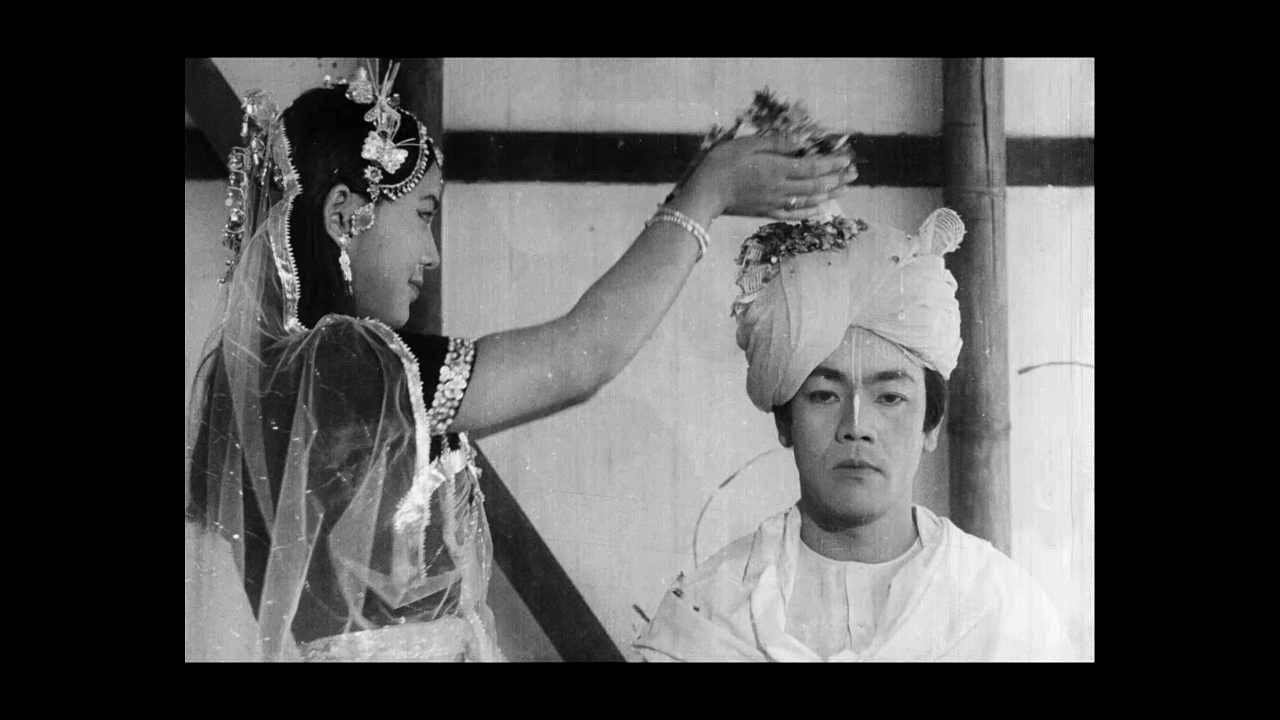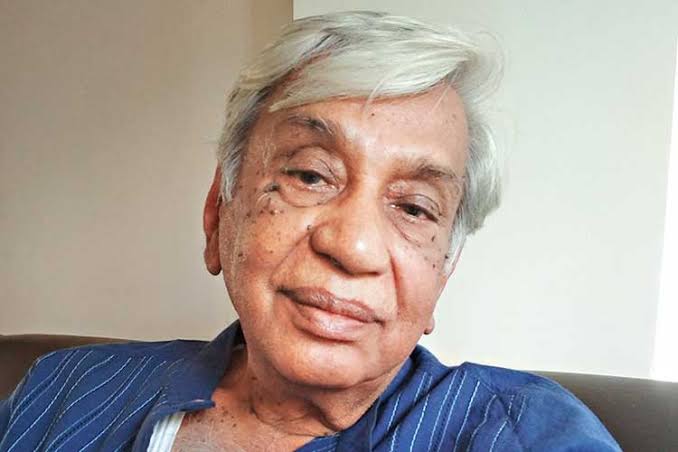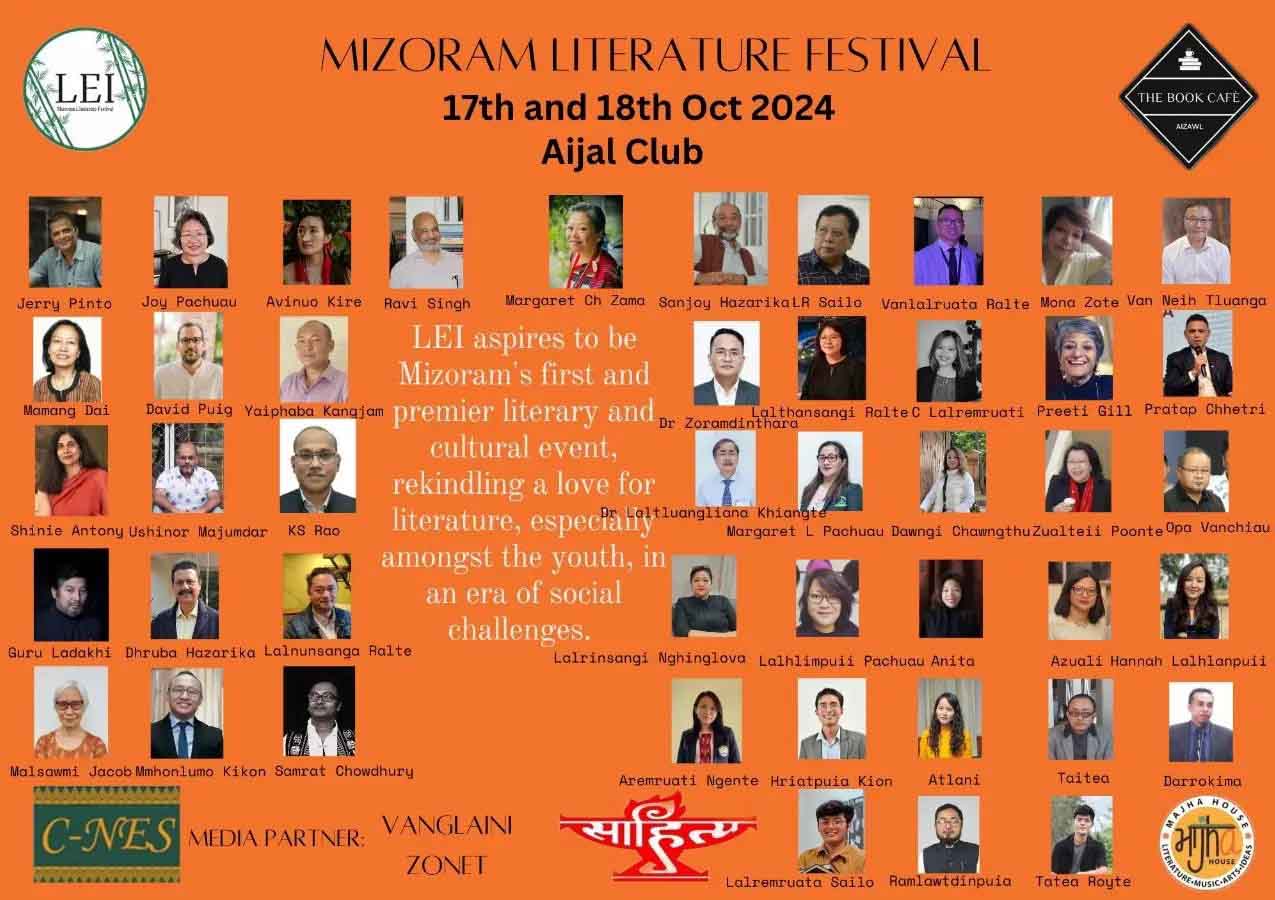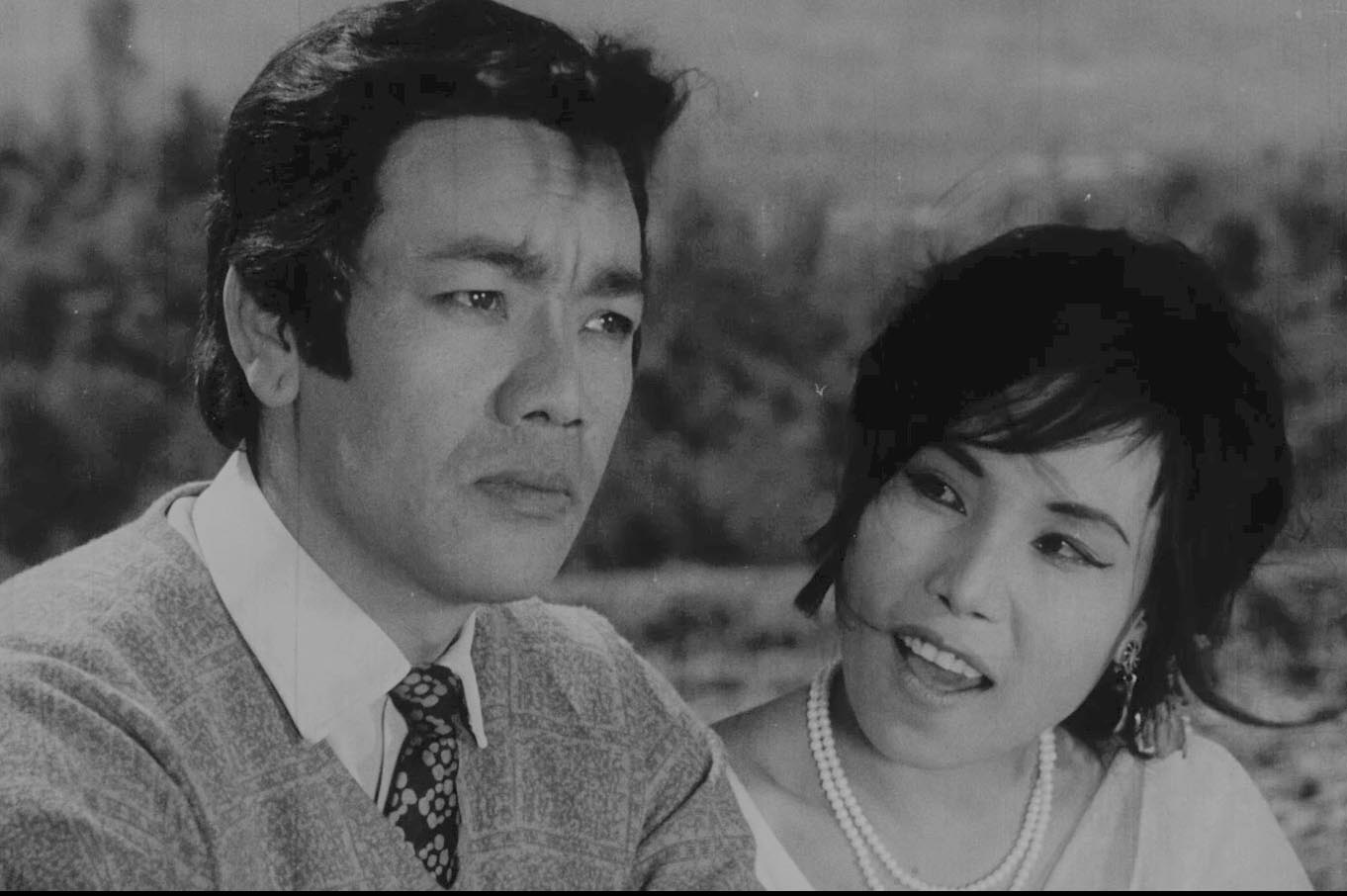Book Title: Shooting the Sun – Why Manipur was Engulfed by Violence and the Government Remained Silent
Author: Nandita Haksar
Published by: Speaking Tiger
Price: Rs. 399
About the author:
Nandita Haksar is a human rights lawyer and campaigner and authors of over a dozen celebrated books including, The Judgement that Never Came: Army Rule in North East India (co-authored with Sebastian Hongray, 2011), ABC of Naga Culture and Civilization: A Resource Book (2013); Across the Chicken Neck: Travels in the Northeast India (2015);Kuknalim: Naga Armed Resistance: Testimonies of Leaders, Pastors, Healers and Soldiers (2019) and Flavours of Nationalism: A Memior with Recipes for Love, Hate and Friendship (2018).
It is worthwhile to mention that Nandita Haksar is the daughter of legendary late PN Haksar, who was the Principal Secretary to the then Prime Minister Indira Gandhi for many years. He was practically a philosopher and guide to Indira Gandhi, who was initially uncertain and inexperience as the Prime Minister at the young age, so she depended on PN Haksar, who also has bonding with her being a Kashmiri Pandit like Indira Gandhi. PN Haksar was the architect of the liberation of Bangladesh in 1971. Indira Gandhi was wavering, but it was the advice of PN Haksar who emboldened her to take a decisive decision to liberate Bangladesh. I remember the unforgettable word of President of India Dr. KR Narayan who said in his condolence message, “Late Mr. PN Haksar was the brightest star among the galaxies of Stars.”
In her forward to the book Let Freedom Rings by A S Atai Shimray, Nandita Haksar wrote: whenever she introduced her husband as a Naga, many often asked who are Nagas? Nandita Haksar was a little tired of always explaining about Nagas and later on she told them; “if you want to know about the Nagas read Asterix.” Perhaps she was referring to the indomitable spirits of the Naga people like the Gauls. Emperor Julius Caeser conquered half of the known world, but his mighty soldiers could not defeat a small French tribe, the Gauls. Something similar to the Gaul, the British Empire defeated the strongest Indian tribes, the Sikhs or the Marathas in less than 20 years. However, the British took over 40 years, from 1832 to1879 to defeat the Nagas. In the final battle with the Khonoma warriors, the British soldiers, numbering over 3000, were led by a Brigadier General Nation. The Khonoma warriors had just 500 guns, and the British soldiers met their match in the Khonoma warriors. The indomitable spirits of the Khonoma warriors were a subject of study under North Eastern Hill University (NEHU).
Of the four books published in the past 8 months regarding the ethnic clash in Manipur, 3 books authored by the Kuki-Zo people were promptly banned by the State Government of Manipur, I found the book Shooting the Sun most insightful from an incisive mind, written with great empathy, balanced, objective but hard-hitting. As her characteristics, she was candid, forthright and unapologetic.
The title of the book Shooting The Sun is taken from one of the oldest Meitei epics, Numit Kappa, translated by TC Hodson in the Meitheis (London 1908). The book tells of the violent, cruel and infuse with unadulterated savagery. In her word, ‘the hate and rage is tangible and there is no way to make the stories any less brutal’. In the opening of her book, she mentioned her life in Manipur while representing the Poumai Nagas, victims of human rights committed by the Indian security forces during the counter-insurgency operation code-named Bluebird in 1987, and her friendship with Maharaj Kumari Binodini, the daughter of the Manipur King, Sir Maharaj Churachand Singh. Throughout the book, she has flagged many uncomfortable questions. She admitted she had no illusion in writing this book the likelihood of strong reaction from the affected community. According to her, one reason for this ethnic clash in Manipur is one of identity movement, step motherly treatment of the hill tribes and denial of legitimate space and autonomy to the hill tribes.
She explained what is disturbing is that Manipuris does not acknowledge the discrimination against the tribal people within Manipur and how Meitei domination was resented by the tribal. While the rest of the hill people in North East India have all attained the highest status in the Indian constitution that of states starting with Nagaland (1963), Meghalaya for Garo-Jaintia-Khasi State 1972, Sikkim 1975, Mizoram and Arunachal 1987 respectively but to the tribals of Manipur were denied even 6th Schedule let alone Statehood.
Meitei demand for ST status:
The spark that lit the fire on 3rd May 2023 was the Meitei demand to be recognized as a ST tribe, a demand strongly opposed by the tribals of Manipur. However, it was just a dip of the iceberg. The root cause, as the author has rightly pointed out, is the step motherly treatment of the hill people for years by the State Government of Manipur.
The exponential growth of certain community which appears to be a demographic engineering compounded the violence.
As far back as 2010, Asst. Prof Sekholal Kom wrote that, “[T]he Meitei identity mobilization in the process seems to have excluded other communities from the Hills… The result has been cycles of mobilization and counter-mobilization, which eventually turn into conflictual politics posing serious deterrence to government … In short, much of the politics centres on the question of preserving one’s own identity.”
It may be recalled that the Government of India was inclined to extend the 6th Schedule to the Hill Tribes of Manipur as the State government had recommended on 7th April 2001. Since the State Government had failed to implement the 6th Schedule, the ATSUM had even gone to the extent of demanding that tribal areas be declared as Union Territory.
On October 14 2023, the Hindu made a shocking revelation that a ‘proposal on the inclusion of the Meitei Community in the Scheduled Tribes list has been examined and rejected twice over the last four decades, according to the documents seen by the Hindu; once, in 1982, by the Registrar General of India; and again, in 2001, by the Government of Manipur.’
She has also examined the conflict and learnt that ‘from the first day of the violent in Manipur, churches were a prime target of the mobs…’ she highlighted that churches have never been attacked in this scale during the past conflicts.
Vandalizing and burning of Churches:
With the escalation of the attack on the churches Archbishop Dominic Lumon gave a statement on June 15, 2023: “Each of the over 200 Kuki villages attacked had either one or multiple churches, depending on the number of Christian denominations… About 249 churches belonging to the Meitei Christians have been destroyed. All these destructions took place with precision within 36 hours of the start of the violence.”
Free Movement Regime:
The demand by the Chief Minister of Manipur for suspension of Free Movement Regime (FMR), ‘under which every member of the hill tribes, who was either a citizen of India or of Myanmar and who was a resident of any area within sixteen kilometres on the either side of the Indo-Myanmar Border (IMB), could go across with a border pass issued by a competent authority and stay for up to two weeks per visits,’ has been opposed by the state government of Mizoram and Nagaland. As the Mizo people and Naga people are trans-border tribe and the suspension of FMR will amount to tearing apart of family and tribes, they naturally opposed the alleged suspension of FMR. This FMR was initiated by the Government of India in 2018, however, Manipur suspended the FMR in 2020 due to the Covid pandemic. And gradually the State Government wishes to fence the border.
War on Drugs:
As Manipur Government campaign for War on Drugs in Manipur, over 2,858 acres of poppy cultivation were destroyed. The author asks, “Why is it that the destruction of hundreds of poppy fields in the hills of Ukhrul, Senapati, Kangpokpi, Kamjong, Churachandpur and Tengnoupal districts has not solved the problem?” She went on to questioned the State Government for covering up the cases raised by State Cop Thounaojam Brinda on the arrest of Lhukhosei Zou, who was caught with ‘4.595 kg of heroin, 280,200 WY tablets, Rs. 57.18 lakh in cash, another Rs. 95,000 in demonetized currency notes and several other incriminating articles,’ but was eventually set free by the State Government.
Poverty and poppies:
Manipur is ranked the third poorest state in India with 36.89 per cent of its people living below the poverty line. The author revealed through her experience in the State that ‘poverty, food insecurity, and material needs are the drivers of illegal opium production in Manipur.’ The price of 1 kg of opium in the local market usually ranges from Rs. 50,000-70000 per kgs.
Looting of Arms and Ammunition:
The author remarked that ‘as of September 14, of the 5,668 arms that had been stolen from police armouries, 1,329 had been recovered. In addition, 5,172 cases of arson had been reported in the course of the violence. This included 254 churches and 132 temples. Of the thousands of structures set on fire, 4,786 were people’ homes.
A three-member fact-finding team comprising National Federation of Indian Women (NFIW) general secretary Annie Raja, national secretary Nisha Siddhu and Delhi-based lawyer Deeksha Dwivedi that visited Manipur from June 28 to July 1, came to the conclusion that it was State-sponsored violence’ with the government continuing its provocative actions. Annie Raja said: “What is happening in Manipur is not communal violence, nor is it merely a fight between two communities. It involves the question of land, resources, and the presence of fanatics and militants.”
The author is of the view that ‘large sections of the mainstream policy and media community outside Manipur’ consider this clash to be a ‘petty brawl between two ethnic groups in the remote north-east that can be resolved only if both sides make some concessions…’ The majority ignore the power conflict between the Meitei and Kuki which is an identity conflict. She went on to comment that the problem arises because ‘the former [Meitei] enjoys greater agency in decision-making and discourse-setting processes over the latter.’ She even went on to question that Central government’s silence over the conflict in Manipur and the veracity as to why the central government ignore to implement even a President’s Rule in the state.
Security Forces:
The assertion by the security forces is that ‘any violence in the country can be dealt with within twenty-four to forty-eight hours, and the fact that this round of violence in Manipur continued for months without signs of abating shows state complicity.’ The author expressed that India’s police force is one of the weakest in the world. India’s police-to-population ratio lags behind most countries and the United Nations-recommended ratio of one police personnel to 220 people. In any case of violence that is happening in the state, even though Manipur has thousands of police forces, ‘deployment in such great numbers seemed to have little effect on the rioting.’ According to Ajai Sahni, founding member and executive director of the Institute of Conflict Management, said in one of his interviews to the Print in July 2023 that the ‘reason for the prolonged violence was neither incompetence nor lack of planning but collusion of the state: the state is either supporting or orchestrating the violence.’
Role of the Armed Forces:
The author writes about how Armed Forces in collusion with the Kukis were used during the Naga insurgency in the past. Home Raikhan, a retired IRS officer wrote to The Sangai Express that ‘Kukis were being trained and supplied with arms and ammunition at Leimakhong, Manipur and Zakhama, Nagaland.’ Although Assam Rifle, the oldest paramilitary force in India, ‘is the leading counter-insurgency force in the North-East’, resentment by the Meiteis against the Armed Force dates many years back.
“In June 2023, a retired high-ranking Army officer tweeted about the dire state of affairs in the state. Lt Gen (retd.) L. Nishikanta Singh tweeted: I am just an ordinary Indian from Manipur living a retired life. The state is now Stateless. Life and property can be destroyed anytime by anyone, just like in Libya, Lebanon, Nigeria, Syria etc. To this, former Army chief General V.P Malik replied, ‘An extraordinary sad call from a retired Lt General from Manipur. Law and order situation in Manipur needs urgent attention at highest level.’
The author expressed that ‘analysing the role of the Centre and the state still does not answer the question: who will benefit from this violence?”
Demand for Kuki Homeland:
According to the author, the ‘demand for a Kuki homeland is the most contentious issue in Manipur and many believe the root cause of the violence in 2023.’
Development Funds and Autonomy: “a letter written by LK Advani, the then Deputy Home Minister, to Chief Minister Ibobi Singh reveal the politics of manipulation which has deprived the people of Hill areas of development.”
“Tribal leader continually complains and point towards the lack of infrastructural development, the poor condition of the education and health services, endemic poverty, lack of employment opportunities, and of access to resources for their development. A survey of budget allocation for the hill districts in 2004-05 is indicative [of] this situation: in education only 26 per cent was allocated to the hill districts, while this was 25 per cent in health and 22 per cent in the public works department. Four out of five hill districts figure at the bottom of the heap on the human development index. These districts also have a larger proportion of the poor than the valley areas.”
Insurgency and Identity Politics: Way back in 1981, Nibeon Biswas, the youngest son of the late Nirod Kumar Biswas, the bishop of Assam, writing under the name, Nirmal Nibedon, published a book titled Northeast India: The Ethnic Explosion. In his preface he wrote, “It is an ethnic explosion. Make no mistake about it. Have no doubts about it. World governments, more so India Southeast Asian countries, will habe to closely study the case of the ethnic minorities, whether they are Kachins and Karens of Burma, the Mizos of the Ahoms of India. The ethnic minorities of India, particularly those of the Mongoloid stock, will deserve more attention.” “… It is going to be a long war for all sides, frighteningly effective and cripplingly expensive for both. None may emerge victorious. Both may be losers.’
“Identity politics has deprived Manipur of people who can speak for the entire state, which now stands deeply and tragically divided. But the question that still needs an answer is: how did things come to such a pass? Who was really behind this violence in Manipur? And what did they want to achieve?”
Newly Unrecognize Village: “There have been a large number of new villages which have sprung up in the Kuki-dominated districts of Manipur. At a press conference in June 2022, leaders of the Co-ordinating Committee on Manipur Integrity (COCOMI) and United Naga Council (UNC) held a joint media conference to express their concern over the rise in the number of new villages in Chandel, Tengnoupal, Kangpokpi, Churachandpur and Pherzawl districts. Their district wise break up of unrecognized villages was as follows: Chandel (205), Tengnoupal (130), Kangpokpi (304), Churachandpur (281) and Pherzawl (14). In all, there were 934 new villages.”
The book is closed by flagging many uncomfortable questions. She has also volunteered some sensible solutions: there is a need for more inclusive politics. “There cannot be peace without justice. And the first step towards justice is to bring those who are guilty to account.” She remarked that “the Meiteis will have to acknowledge that they have dominated state politics and the people in the Hills have been discriminated against in all fields: economic, political and cultural.” To the Naga people, the current ethnic conflict of Meitei and Kuki appears ironic. Both the parties are fighting over land that traditionally belong to the Naga people. She concludes by writing that “A politics which encourages demographic engineering, which is rooted in divide and rule, and which is dependent on conflict and feeds on divisions must be eschewed. There is a need for a more inclusive politics; a socio-economic programme which ensures economic prosperity for all sections of people; and a vision that celebrates cultural diversity, language and histories.” Since the warring parties—the Meiteis and the Kuki-Zo people could not see eye to eye it is for the third party—the Naga people as well as the Central Government to play an honest peace-broker in order to bring a reconciliation, find solution and urgently restore peace in Manipur.
The book (Shooting the Sun) has been highly appreciated by Imasi Foundation.
In sum, the book Shooting the Sun ought to be read by the decision makers, by the policy-makers and all the stake-holders. I have no hesitation in recommending this book, a must-read.










